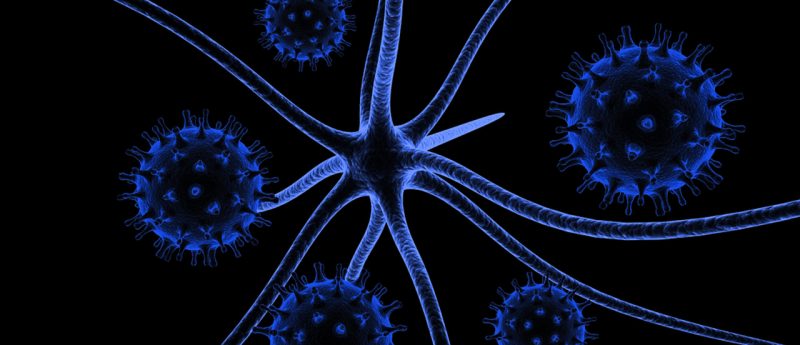ASM Microbe: What consequences could lifelong Epstein–Barr virus infection have for the brain?

New research investigating possible interactions between Epstein–Barr virus (EBV) and neurological diseases has successfully infected neuronal-like cells in vitro, with the hope to use these as a model for studying this virus in the future.
EBV is a human herpesvirus that infects over 90% of the world’s population, entering epithelial cells causing infectious mononucleosis, before lying dormant in B cells. EBV is also known to infect astrocytes and microglia, albeit through poorly defined pathways.
In research presented at ASM Microbe (20–24 June 2019, San Francisco, CA, USA) a research team hypothesized that EBV has the potential to affect neuronal cell function by manipulating mTORC1 (and subsequently ATG-12), which is involved in the viral lytic cycle.
To test this hypothesis, the researchers infected the Sh-sy5y neuroblastoma cell line, which is frequently used for in vitro studies of Parkinson’s disease and can be differentiated into dopaminergic neurons. This is the first time differentiated Sh-sy5y cells have been used for the study of EBV’s interactions in the nervous system.
The team exposed both differentiated dopaminergic neurons and undifferentiated Sh-sy5y cells to viral particles in the presence of Polybrene, demonstrating that EBV can enter both undifferentiated cells and differentiated dopaminergic neurons. This suggests the virus is a feasible candidate to initiate cellular changes, and the model provides a stepping stone to further research on EBV.
The team’s next step is to look at how ATG12, mTORC1, and alpha-synuclein behave during EBV viral infection and to explore EBV’s viral attachment and entry mechanisms in these cells.
You might also like:
Source: Tognasoli AC, Adamson A. Epstein–Barr virus as an environmental agent in neurodegenerative diseases: Lewy bodies and beyond. Presented at Presented at ASM Microbe, San Francisco, CA USA, 20–24 June 2019.